Where We Are in Place and Time is the third interdisciplinary theme explored by the students of the ASJ PYP project this semester. This is a theme of exploring the time and space of humanity.
We explored our position in time and space; personal history; family and travel; various human discoveries, explorations, and migrations; examining the intricate connections between individuals and civilizations from both local and global perspectives.
Recently, G1-G5 students warmly invited parents to enter the campus and held a wonderful closing exhibition.
Central Idea: People around the world design and build different houses based on their natural resources.
Under the sixth transdisciplinary theme of this year, "where we are in place and time", we learned the unit "Houses". The central idea of inquiry in this unit is "People around the world use their natural environment to design and build different houses based on their natural resources ".
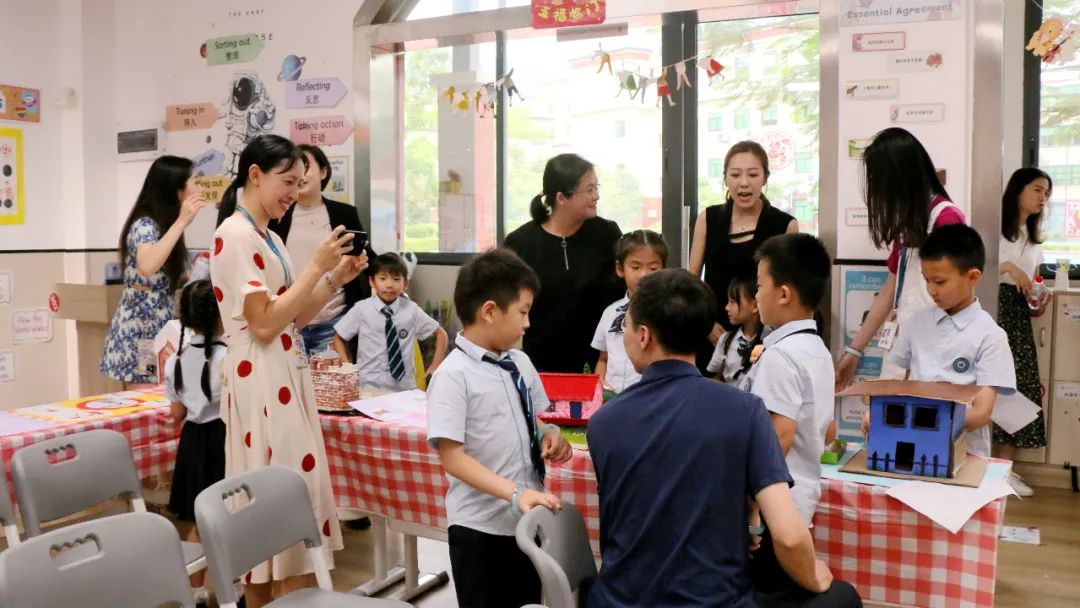

After a preliminary understanding of the topic and central idea of the unit, we started to explore the process of the sixth unit around the three lines of inquiry. Starting from the first line of inquiry " different houses around the world ", our first grade children learned about the seven continents of the world, and learned about different types of houses around the world, such as igloos, yurts, "houses with long feet", etc.
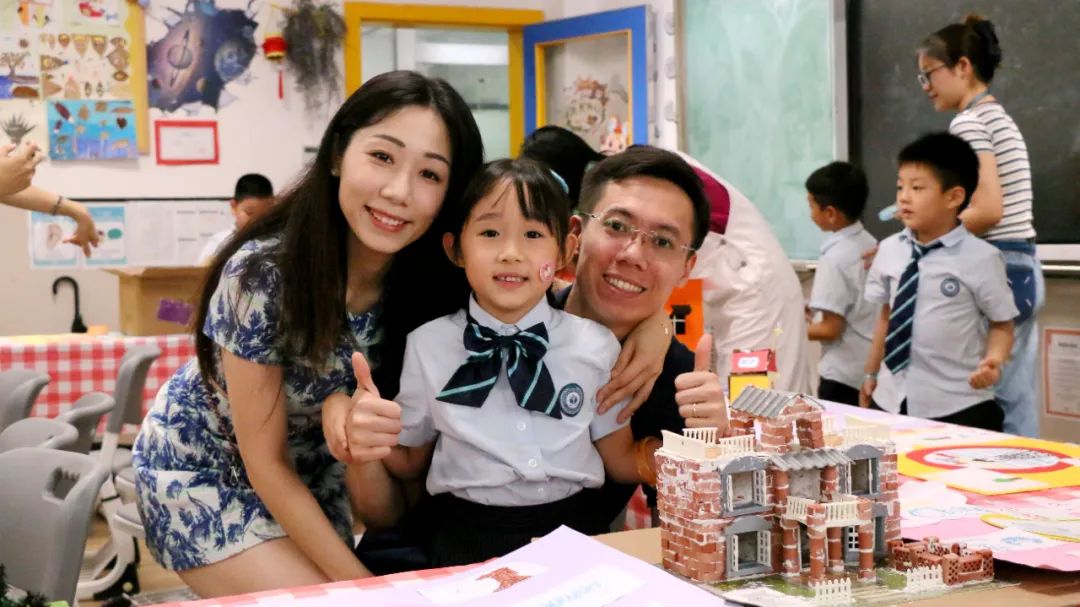
Then we started the second line of inquiry " various climates and available natural resources in the world ". Due to the difference in geographical location of life, the resources available to people are also different. For example, people near the arctic will use ice and snow to build igloos, while people near the equator will use bamboo and wood that can be seen everywhere to build houses.
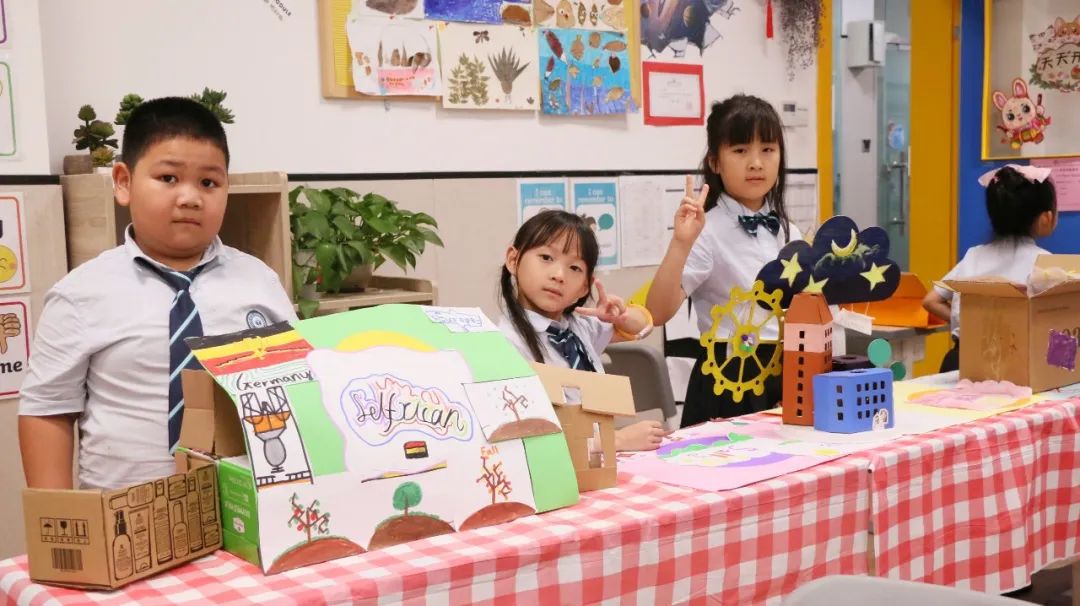
During the reflective session, the children began to think about how the natural environment affects various houses and how to reduce their damage.
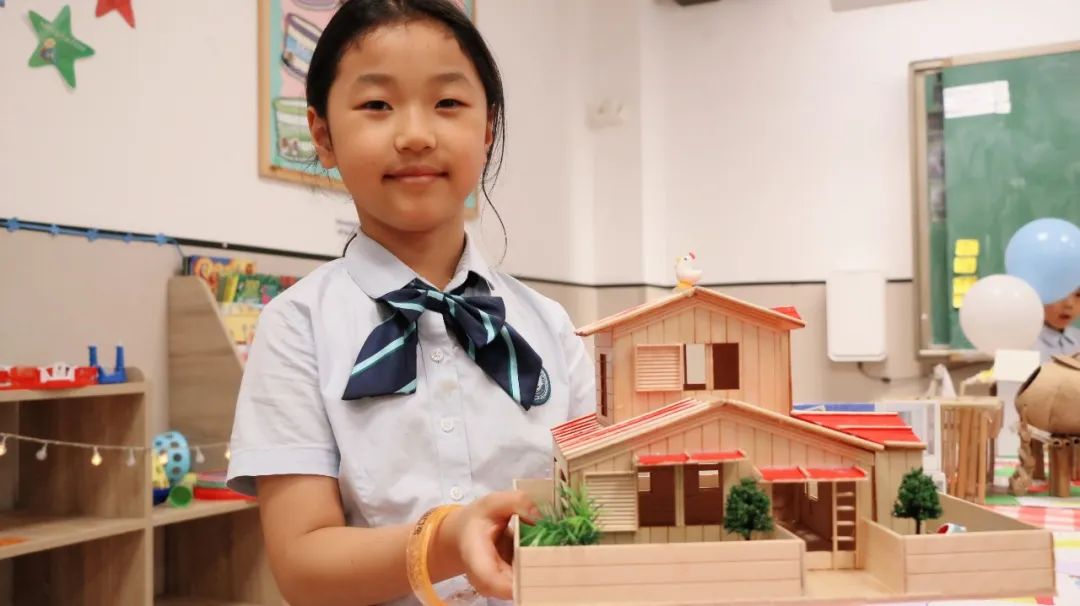
In our exhibition, the students showed everyone the different house models they built from all over the world, and presented the song "We're the World" they practised day after day.
Central Idea: Travel triggers changes and brings new opportunities.
Travel is the third topic that our G2 students explored this semester. Around the theme of inquiry "Travel", with "sociology" as the core subject, students explored from three aspects: types of travel; people make choices and decisions when they are travelling; people experience changes when they are travelling.

This unit focuses on the integration of sociology and linguistics. Students learned all kinds of knowledge about travels by connecting with their personal travel experiences. In deepening on the central idea "travel triggers changes and can bring new opportunities." At the same time, broaden students' international vision and minds, improve students' social skills and communication skills.

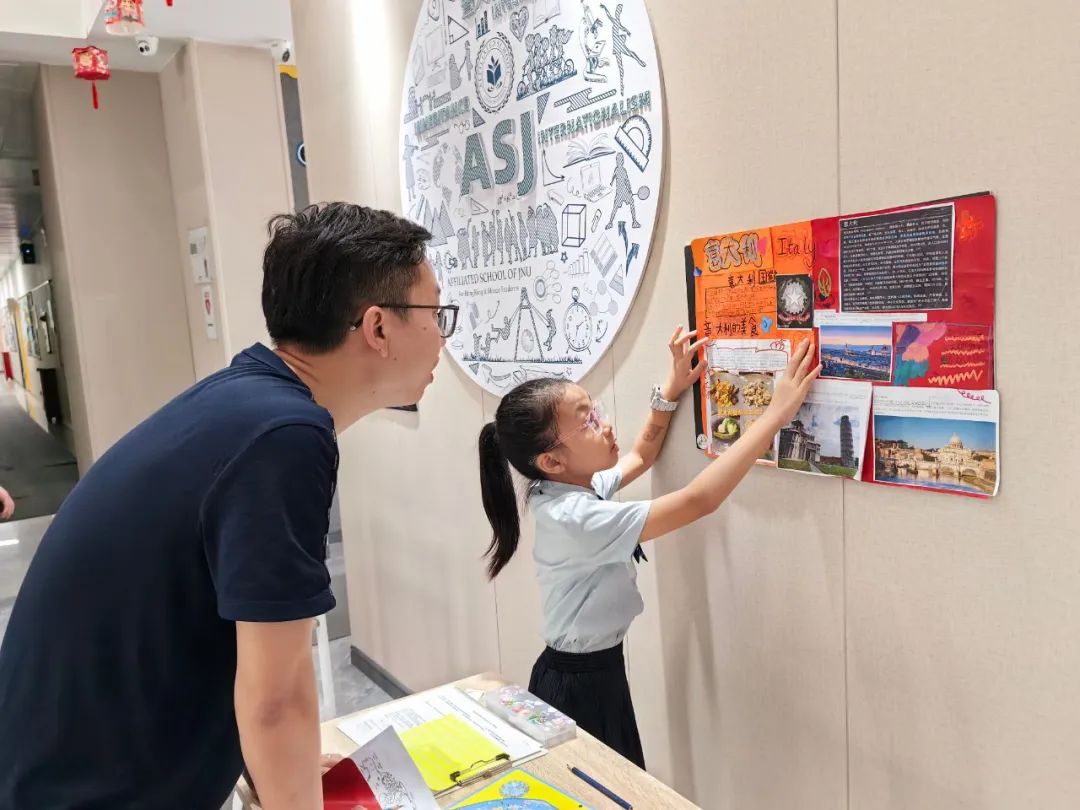
In this exhibition, the children became little "guides" in different countries or regions, inviting parents as "tourists" to travel around the world with passports and maps to enjoy the landmarks and food of different countries or regions. Every little tour guide" was very enthusiastic and serious to introduce to the "tourists". Every "tourist" was also full of harvest. That was awesome!
Central Idea:Various features formed the differences of hometowns.
The most beautiful place is hometown. After six weeks of exploring our hometown culture, the G3 children held their final exhibition of this semester. In the exhibition, the children invited their parents to take part in our inquiry journey by showing the inquiry process, introducing their works, and singing Cantonese songs.
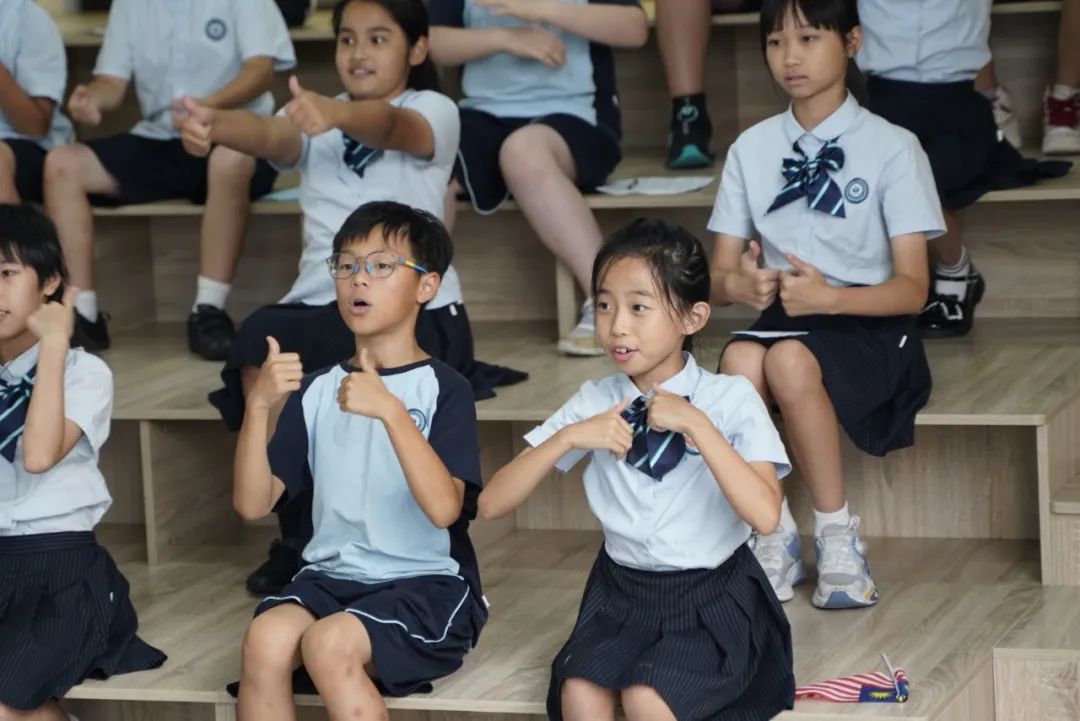
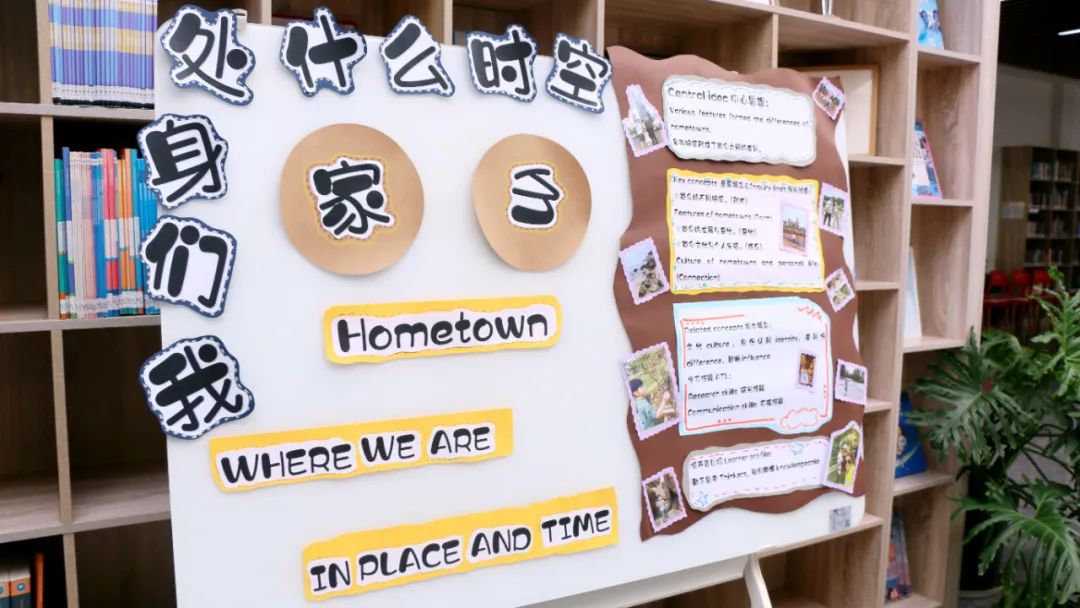
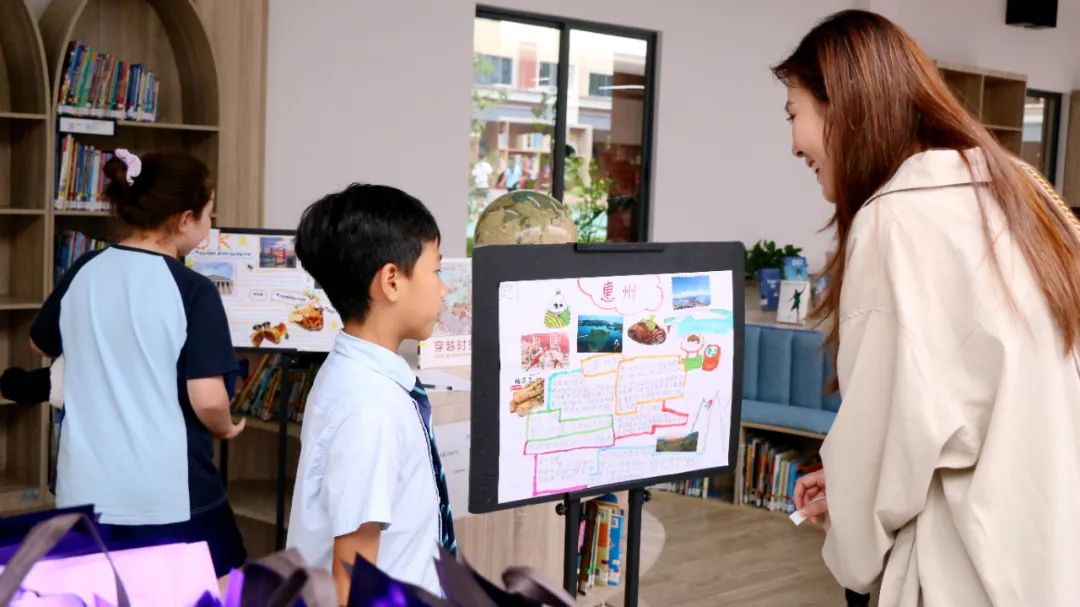
In the summative assessment activity "My Hometown and Me", children spoke for their hometowns. They introduced their traditional customs, delicious food and landmarks in their hometowns to parents. The children also brought their delicious food of hometown for visitors. The children took actions to promote their hometown culture and received applause and praise from many parents and teachers.
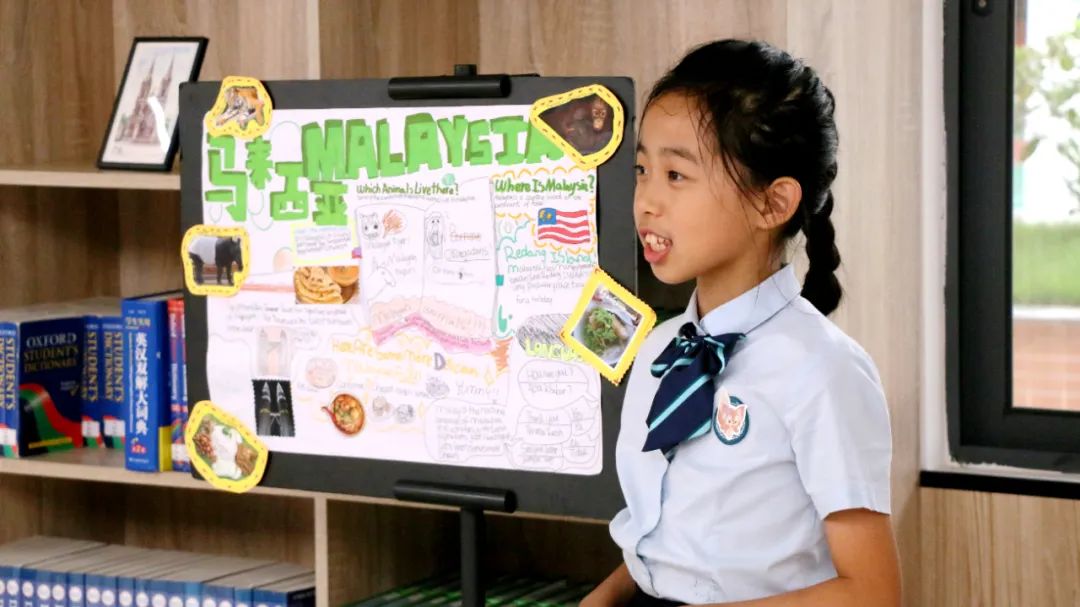
This inquiry activity not only stimulated the children's love for their hometown and enhanced their sense of identity, but also led them to become a good thinker and inquirer, and further promoted their research skills and communication skills. The hometown is unforgettable! We hope we can all contribute to the construction of our hometowns.
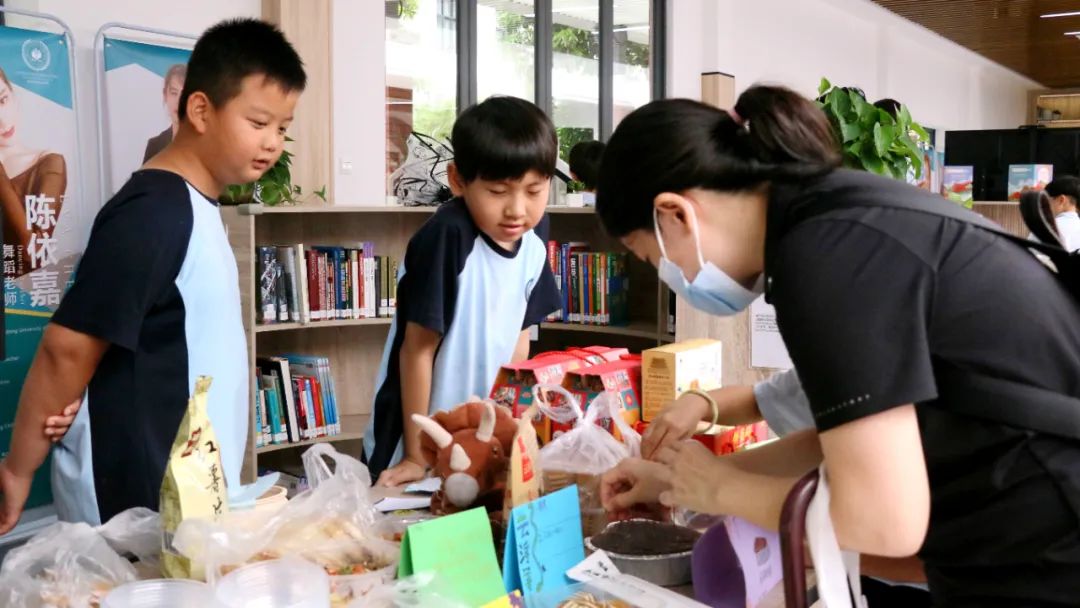
Central Idea: Migration is a response to challenges, risks and opportunities.
Our G4 theme is "Human Migration". The central idea is that migration is a response to challenges, risks and opportunities. There are three lines of inquiry: causations of human migration; the impact of migration on communities, cultures and individuals.; advantages and disadvantages of human migration. Based on these key elements, our students researched various resources by iPads and books. They collected information and recorded it in their preferred ways.
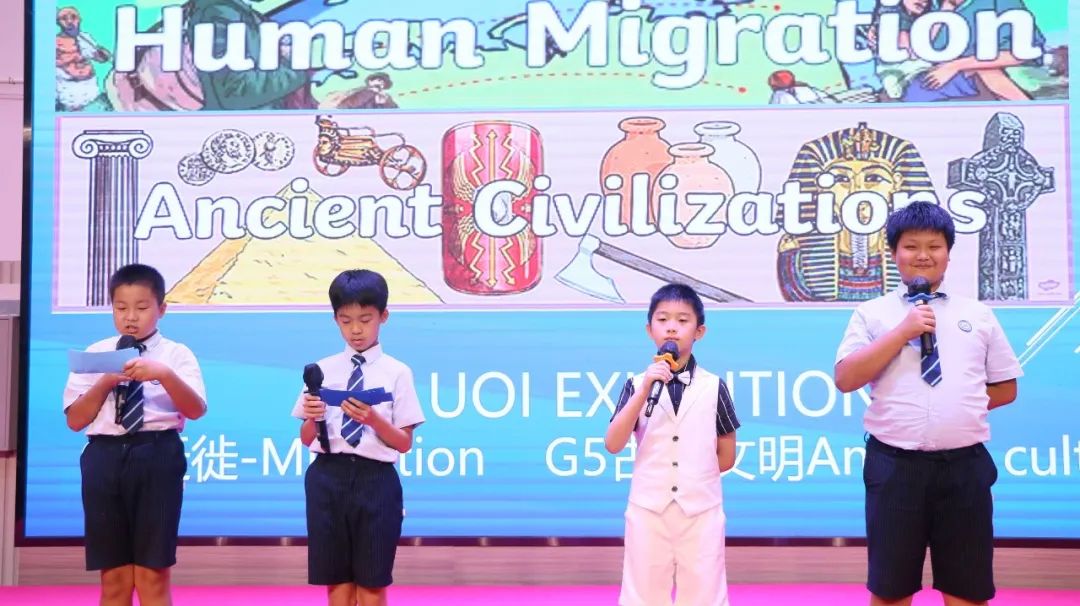
They studied significant migration events in human history, such as the westward expansion in China, the California Gold Rush, and the migration of people to Southeast Asia. During the inquiry process, the students also interviewed their family and friends who have experienced migration or immigration.
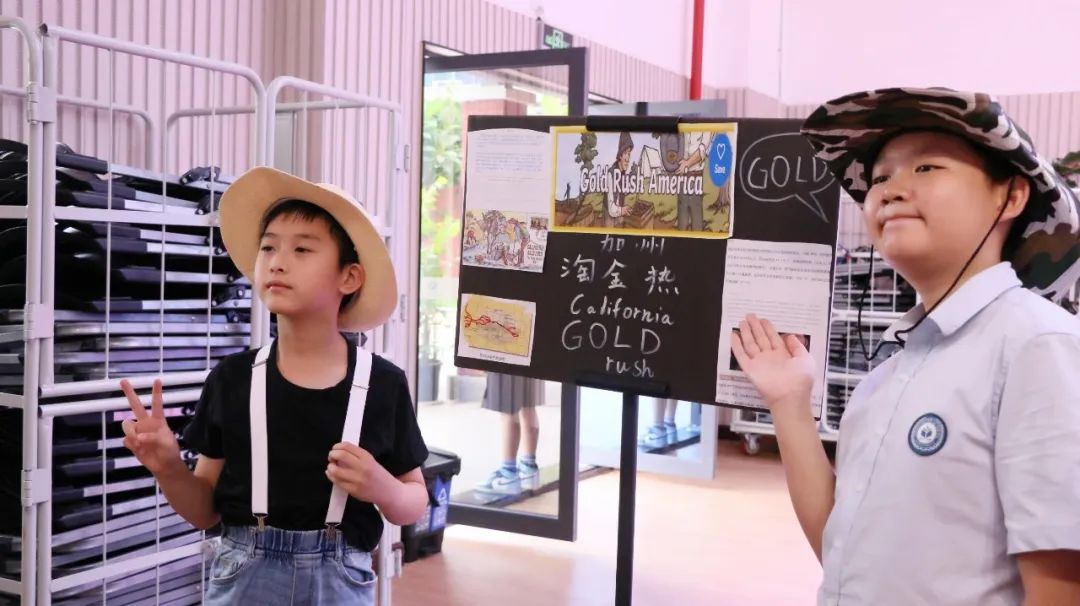
In the exhibition, the students were divided into four groups to present their findings: the Journey of Princess Wencheng to Tibet, the California Gold Rush, the Syrian Refugee Illegal Migration, and the Chinese Spring Travel Rush. They shared their harvest and opinions to visitors.
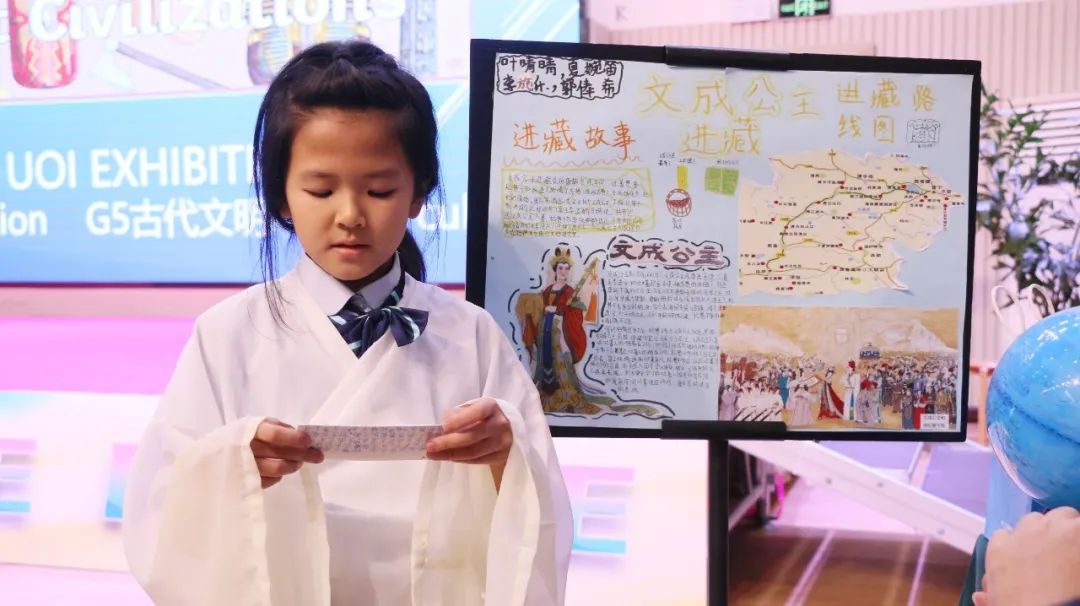
Through this unit learning , the students challenged difficulties. The exploration fully ignited their agency and transformed them into masters of learning, continuously progressing on the path to becoming lifelong learners.
Central idea: Ancient culture connect the global community in the past and present.
In the exhibition, G5 students showed different ancient civilizations, including the Four Great Ancient Civilizations (Babylon, Ancient Egypt, India and China), ancient Rome, ancient Greece, Maya civilization, etc.
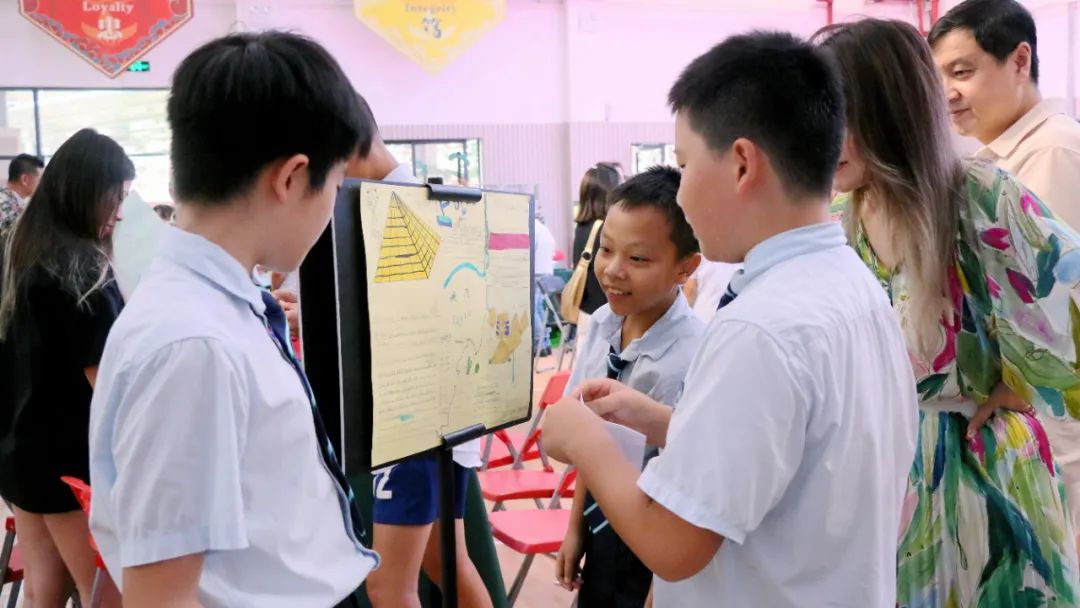

The content prepared by the students is rich and colorful, including making beautiful posters, various manual displays, lego models of the Egyptian pyramids and Shadoof for agricultural irrigation, the composition of Maya numerals and the five Mayan prophecies, great buildings such as the Colosseum, etc.
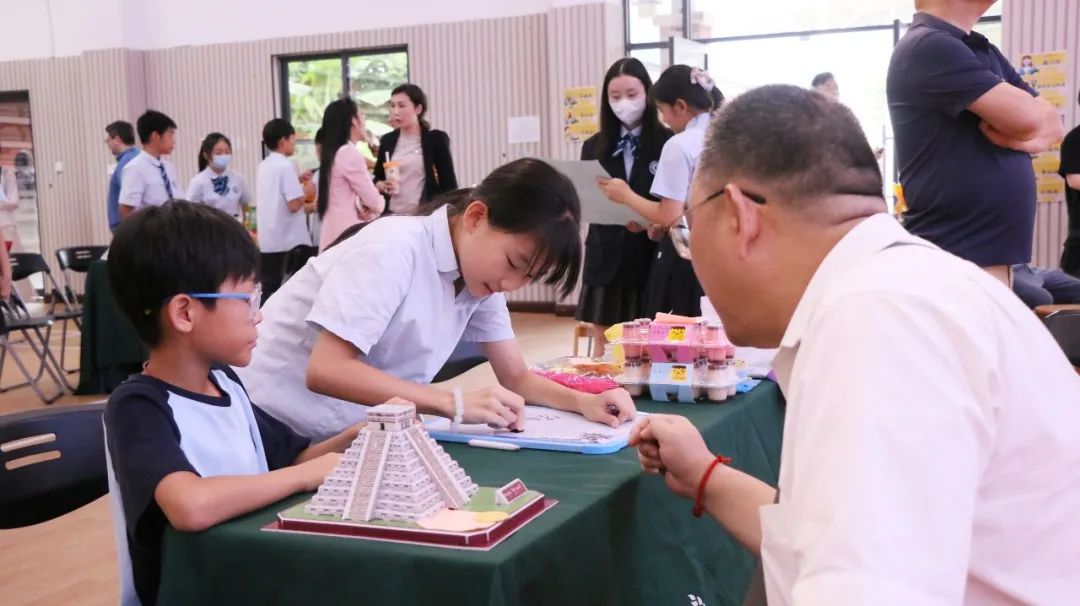
In addition, students also displayed specific cultural characteristics in their clothing, including ancient Chinese Hanfu, ancient Roman helmets, and ancient Babylonian drapery.

Through the exhibition, students' abilities were fully exercised. In the process of introducing posters, students not only consolidated their knowledge, but also exercised their communication skills. In the preparation process for their works, students not only deepen their understanding of the exploration content, but also improve their hands-on skill.
Inquiry is the learning style of students in the ASJ PYP project. Full of curiosity about the world, full of exploration spirit towards the unknown, brave in facing difficulties and challenges, and using the knowledge and skills learned to solve endless problems in learning and life.
Good at thinking, full of innovative spirit, observing the world with our eyes, creating the world with our hands, and measuring the world with our feet. It is our ASJPYP project students' inexhaustible passion and agency.
The mind can imagine things beyond the sky. The eyes can see as far as the Milky Way. Pursue truth,with open mind. May we always use our dreams as horses and not disappoint our youth. Make the world more exciting because of our existence!






